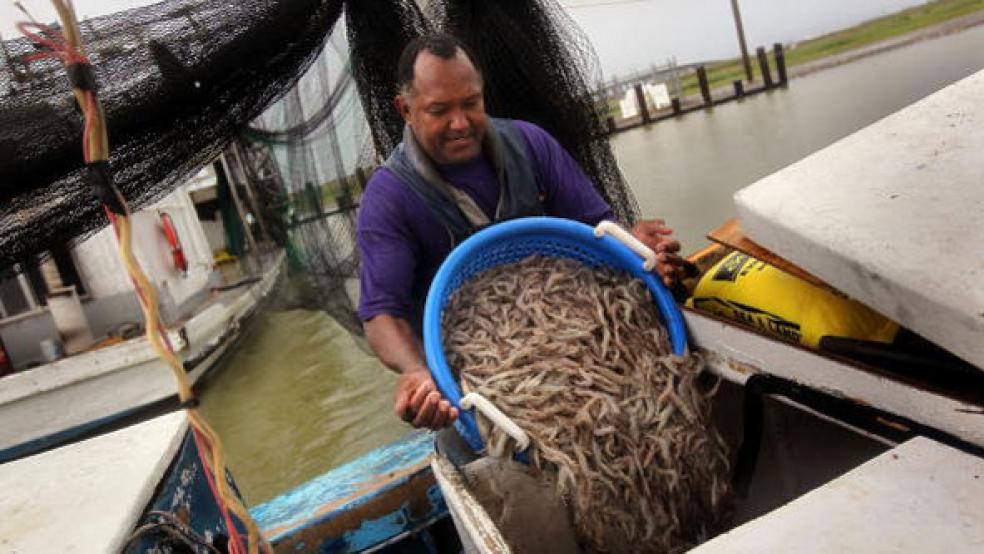With about a million gallons of oil a day fouling the Gulf water, Americans are worried about the safety of their seafood. Grilled shrimp from the Gulf, anyone?
To calm those fears, President Obama earlier this week called for a “comprehensive, coordinated and multiagency initiative to protect the seafood industry.” “So let me be clear,” he said. “Seafood from the Gulf today is safe to eat, but we need to make sure it stays that way.”
Mike Taylor, FDA deputy commissioner, said officials were gathering and testing seafood, including bottom-feeding shellfish, which can easily fall victim to oil contamination. “Although crude oil has the potential to taint seafood with flavors and odors caused by exposure to hydrocarbon chemicals, the public should not be concerned about the safety of seafood in stores at this time,” said the FDA on its website.
This reassuring rhetoric is, of course, applauded by the food industry. “We were pleased to hear the president talking about the safety and health of Gulf seafood,” says Gavin Gibbons of the nonprofit National Fisheries Institute (NFI), a group focused on seafood safety and sustainability. “Inspectors are working overtime to ensure that seafood from the Gulf is and remains safe and healthy. We’re confident in the regulatory work being done in the Gulf.”
So: We needn’t worry. Hakuna matata. The government’s got it covered. But before we start figuring out which wine goes best with that fabulous grilled shrimp recipe friends have been raving about, let’s take a deeper dive into some of the cautionary tales.
Chew on This
The value of the commercial seafood industry in Louisiana and the Gulf Coast is $23.4 billion. The Gulf produces 73 percent of this nation’s domestically produced shrimp, while the remaining 27 percent comes from the South Atlantic, New England, and the Pacific Northwest. While it’s true that substantial amounts of shrimp are imported from other countries (chiefly Thailand, Indonesia and Ecuador), chances are still good that if you eat American-produced shrimp this summer, it will be from the Gulf.
Mark Bittman, author of Food Matters: A Guide to Conscious Eating, is not so sanguine. “In general, the Gulf has been maltreated and the fishing stocks have suffered. Certainly the spill won’t make it better, and inspections are not going to be adequate. It’s a developing situation. We won’t see oil-coated fish in the market, but dispersants may taint fish in other ways. If it were up to me, I’d close huge portions of the Gulf, and other waters as well, to let fish stocks recover, not just from this spill but from the long-term effects of overfishing. But that isn’t going to happen.”
So, will you eat it?
Currently, about 33 percent of the Gulf – or nearly 81,000 square miles – is closed to commercial and recreational fishing. That may be preventative. But that means nearly two-thirds is still open. And since fish and seafood don’t have GPS systems, no one knows where they’ve been.
Some doctors worry about the medical consequences. Edward Trapido, cancer epidemiologist at Louisiana State University says, “There’s very little doubt in my mind that it [the oil] will enter the food chain first in microorganisms and then in small, marine creatures that eat the microorganisms, and then larger fish that eat the smaller creatures. And once it enters the food chain, there can be all kinds of health impact for humans.”
With additional reporting by Michelle Hirsch and Blaire Briody.
Tell us what you think about this, in the comment box below.




